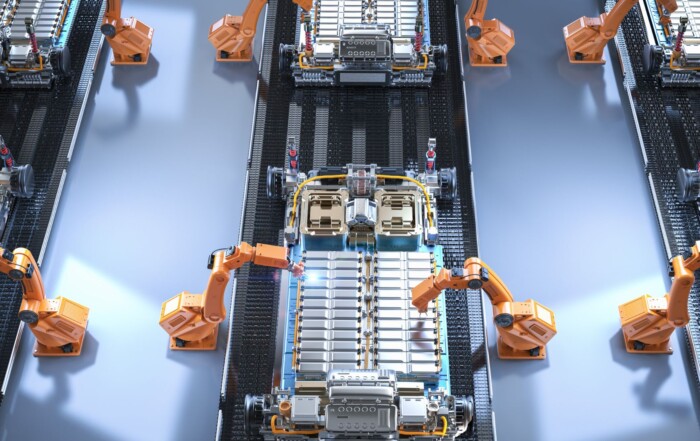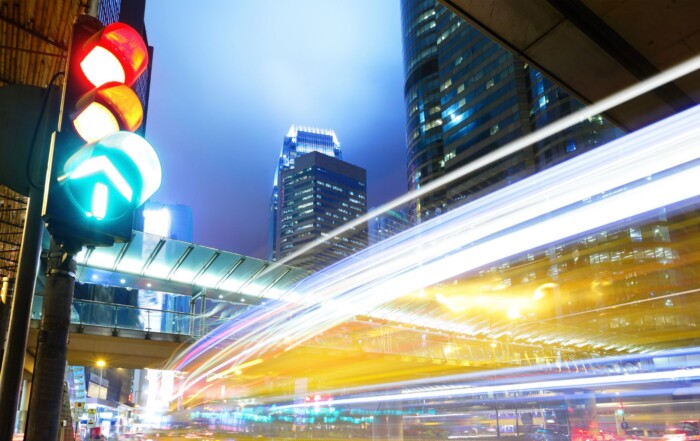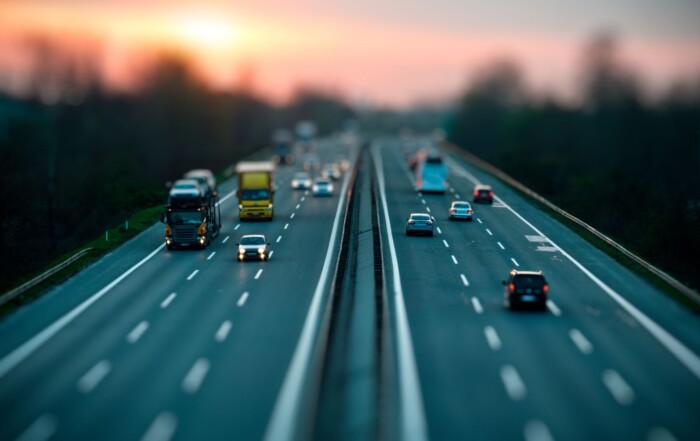Anonymous security monitoring
How security technology can work despite data protection
Disclaimer: This article does not serve as legal advice. This web offer is intended to provide non-binding information only. Despite the mention of the legal situation, it is no substitute for individual, specific and binding legal advice. This information is thus provided with no guarantee of correctness of completeness.
The topics of data protection and security are currently being widely discussed. The GDPR has been ubiquitous since May 2018. Not only large companies but also small clubs are affected. Security is very important to us in our private and professional environment. And this also includes the protection of our personal data. From the security of our home to IT security or video surveillance – we want to feel safe. Without restrictions in everyday life. Free from the feeling of being watched and concerns about possible data misuse. The ambivalence of the need for security and the feeling of freedom demands a lot from modern security technology.
The traditional measure for protecting areas, buildings or outdoor perimeters is visual surveillance. Security staff views the extensive video transmission and initiates the necessary steps in the event of danger. But sometimes the camera also records situations that do not pose security risks. Persons in the camera’s view are automatically filmed, even against their will. Being observed is an invasion of privacy. That is why there are strict rules to protect us against unauthorised recordings or inappropriate use of surveillance technology.
Restrictions in the security domain
In order to use video surveillance legally, appropriateness is an important criterion: users are obligated to take alternative measures if they fulfil the same purpose and achieve the same objective. Except when the benefits of surveillance technology are so superior that small disadvantages are considered acceptable.
This is illustrated more clearly with an example: the objective of a security system is to prevent break-ins. In many cases, a simple, motion-detection alarm system is sufficient for this purpose. Strictly speaking, an image-transmitting camera would be excessive. However, if the users aim to identify the burglars, there is no comparable alternative. In addition, criminal prosecution of the identified intruders has a positive impact on general security. Any resulting infringements upon the captured burglar’s privacy are of secondary concern. The security camera is tolerated as long as the surveillance does not harm or disturb anyone (e.g. a passing neighbour) and exclusively serves the approved purpose.
In addition to the aspect of appropriateness, further rules must be observed. Hidden cameras and secret surveillance are generally prohibited. There is a clear obligation to provide information. The surveillance measure must be clearly indicated through appropriate signs. If cameras monitor company premises or especially indoor spaces, it is required to obtain consent from the persons affected or to reach an agreement with employees. Everything that the camera films is promotes security. A camera pointed at the workplace is rather questionable. If its field of vision is oriented towards an entry area, on the other hand, that is reasonable. Filming your neighbour’s garden is also not permitted. In addition, users must delete the collected data again, as long as there is no valid reason for archiving it. As soon as the recording is no longer required for evidence purposes or there has been no incident, there is no justification to save the files.
Equally important is the distinction between video recordings of public spaces and private property. This is because public safety is the responsibility of the government. Only certain institutions have this authority. For users of security technology, for example in terms of surveillance of their premises, this means that it is possible to monitor their own property using their camera, but not the adjacent public road.
Video surveillance gets complicated as soon as a security camera records more than one’s own property or private premises and/or people can be recognised.
Preserve anonymity with radar
The good news: luckily, visual images are not necessarily required in order to ensure security. Also, it is not always necessary to identify a person. In a sophisticated concept, alternative security solutions are therefore also considered in planning. Non-imaging technology such as PIR, laser, or radar provide anonymous security. These procedures traditionally trigger alarms, control barriers, or are used for perimeter and area surveillance.
Radar technology boasts highly diverse options for use. Radar is a robust and reliable, anonymous surveillance technology for many security measures. Originally used as a positioning technology, radar records information on the position, movement behaviour, speed, distance, size, condition, and angle of a detected object, regardless of many different environmental effects. If you use the information for security purposes, you can detect dangers early on. It does not enable you to make a determination about the person involved. Security professionals primarily use the motion detector principle. As soon as a suspicious person approaches, the sensor activates an alarm or other security application.
Radar is also suitable for monitoring. As with the flight radar, all filtered objects within the detection range are shown in a simplified manner on a map of the environment. Security staff analyses the danger situation based on movement patterns and anonymous tracking information.
The technology also impresses with its incredible range. Especially in area surveillance, this high range proves advantageous. In an acute danger situation, it is not relevant to the security guards to identify the intruder, but to recognise them as early on as possible. This is the only way to act in good time.
Alternative solution for anonymised video surveillance
Why not completely give up video surveillance? Security cameras are so popular for a reason. The image material is often indispensable in resolving a security incident and it frequently discourages other intruders. In order to still comply with data protection requirements, many users purchase a very expensive, additional anonymisation software program for cameras. Only in case of an emergency are the faces made identifiable.
As a substitute, there is a radar-based alternative that offers more than pure anonymisation. This is because a combination of video and radar technology allows the CCTV to be controlled precisely. The dual-tech approach boasts the advantages of both technologies, thus optimising security surveillance. For example, the owner might point the camera’s view towards the close proximity of the private property and cover the more distant areas with the radar sensor. Smart systems can make the camera’s field of vision track suspicious targets. The fusion can also cause the image transmission to start only if there is actually a suspicious event. Persistent film recordings are therefore a thing of the past.
With the aid of radar technology, the user defines danger zones to make the work of the security personnel more efficient. If a person enters danger zone 1, they are detected by the radar sensor, while if they reach the second zone, the security personnel is alarmed, and if the person enters danger zone 3, the video camera switches on. Although video surveillance is not anonymised, personal image information is collected only in approved areas. Thanks to the needs-based control, it is easy to carry out video surveillance in compliance with the law and data protection requirements.
The subject of security-related surveillance entails great effort due to the numerous regulations. These varied and detailed laws require intense effort in terms of installing security measures, but they are used to protect us as individuals against misuse of data, spying, and constant observation. During planning of building and area security, it is important to consider whether the effort of video surveillance is really necessary. Or whether anonymous and non-imaging security technology such as radar could not fulfil the same purpose.
picture: ©Sergey Nivens – stock.adobe.com
Share this Content
Radar for Security Technology
Security of buildings, installations, outdoor and danger areas
Radar sensors successfully established themselves in the security industry years ago. Motion detectors in alarm systems, access controls and area monitoring use electromagnetic waves to secure premises, building complexes or properties. RADAR offers a wide range of solutions for various security requirements.


